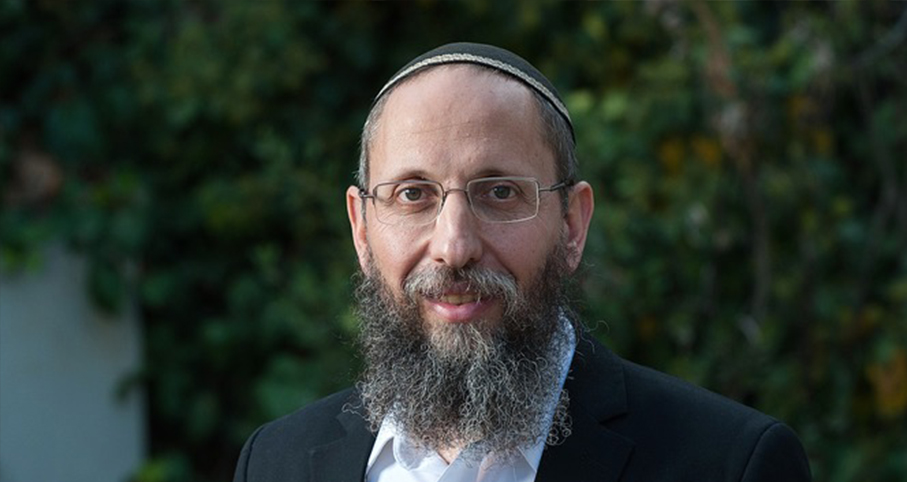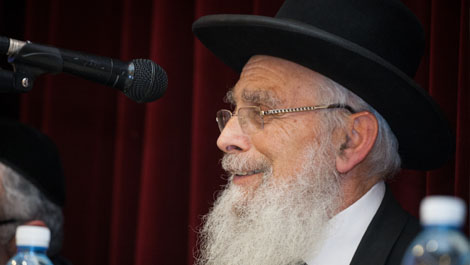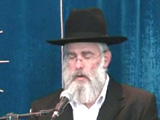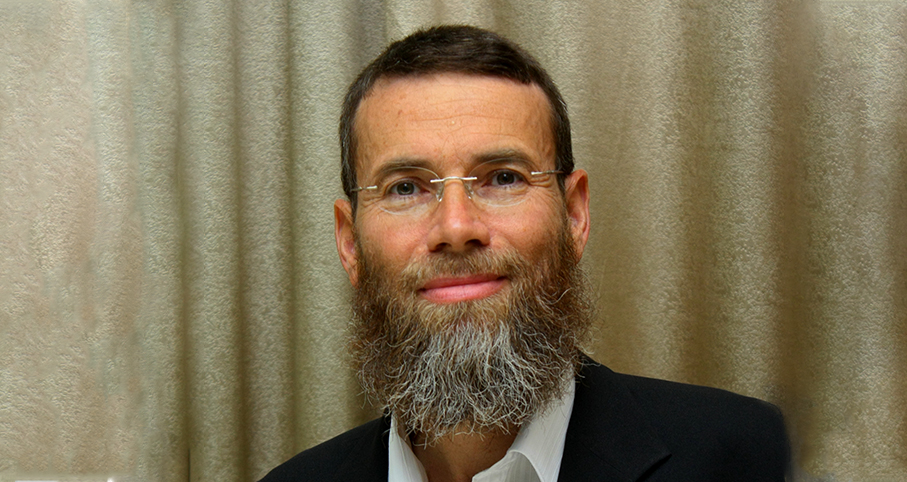Beit Midrash
- Torah Portion and Tanach
- Shmot
- Mishpatim
- Sections
- Chemdat Yamim
- Parashat Hashavua
If a master hits his slave so that he loses a tooth or an eye, the slave goes free (Shemot 21: 26-27). This sanction against an owner is extended further, as our Rabbis taught. Not only does the slave go free for those two body parts but actually for the loss of any of 24 limbs (Rashi, based on Kiddushin 24-25). The common denominator of these limbs is that they are not renewable and are visible (ibid.). On the other hand, if the slave was injured by the owner’s animal, the normal compensation the owner is obligated to a victim does not exist (Bava Kama 49). The Chizkuni explains the latter halacha as being a result of the rule that whatever money a slave acquires goes to his master. What is the
logic though of the distinctions of the first halacha?
The Ibn Ezra says that the idea is that a master should know not to be cruel to the extent that he hits his slave hard enough to cause serious damage. This applies only to the master’s actions, not to those of his animal.
Let us explain these halachot a little differently. It is common for a person to mark his property to make it more difficult to steal. This certainly is useful in regard to a slave, who might consider running away. The marking of a slave with a sign of his owner was also a way of permanently identifying him as a member of that class. In order to prevent the removal of the sign, one of the systems that was used was the amputation of a part of the body so that it would be permanently evident that the person in question is really a slave. This was a cruel act not only because of the pain involved but also because of mutilation’s affront to human dignity. The Torah not only forbade it but instituted an appropriate outcome. If one removes a body part in order to ensure that the slave would remain his, he specifically loses the slave in the process. This has little to do with payment for damages, which is prevalent regarding normal social interactions. Rather it is a specific consequence of harming a human being’s dignity.
How is this forbidden form of mutilation different from the performance, l’havdil, of a brit milah? This too is placing a sign on the body that one is a slave, but in this case, a slave to Hashem. This does not turn him into a blemished person but into a more complete person. It is put in a covered area of the body in a manner that demonstrates that the person is free, as one who accepts upon himself the fear of Hashem is truly liberated. It symbolizes how one must strive to be free of the bonds of physical urges that control many a person.
Let us hope that just as so many Jew’s fulfill the mitzva of circumcision so will they internalize the spiritual message that it teaches.

The Absolute and the Conditional
Rabbi Yossef Carmel | Shvat 5767
Living by Torah
Rabbi Berel Wein zt"l | Shvat 24 5782

On Justice and the Right of Appeal – part II
Rabbi Yossef Carmel | 28 Shvat 5784
























